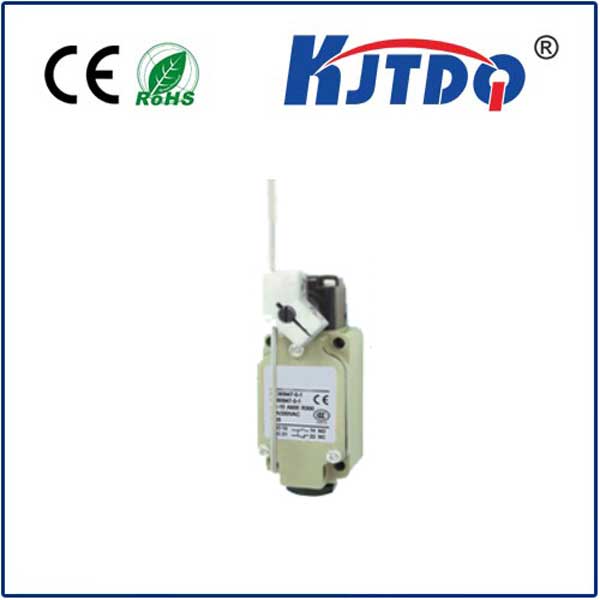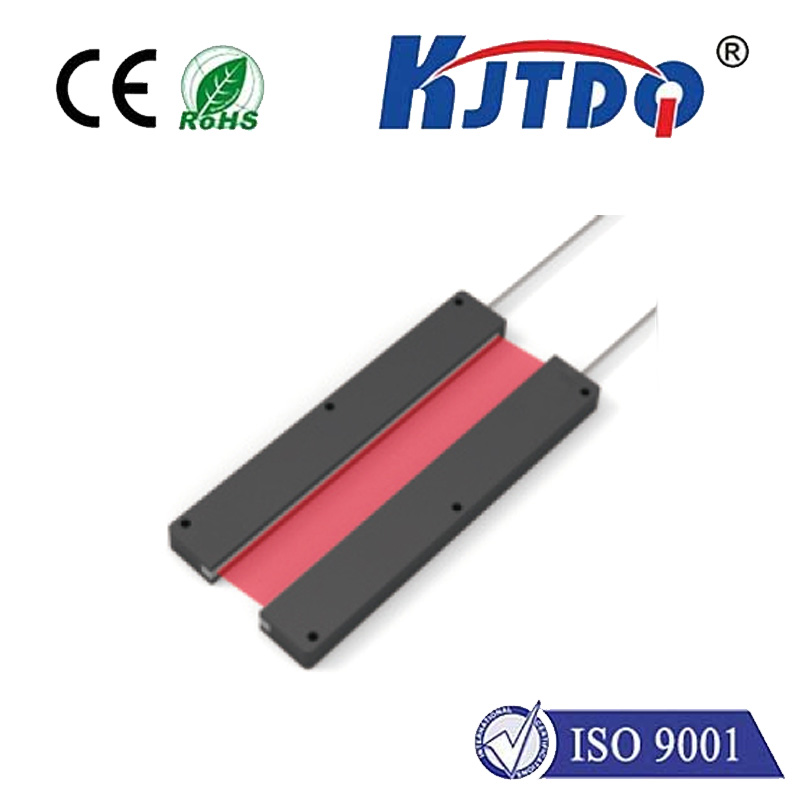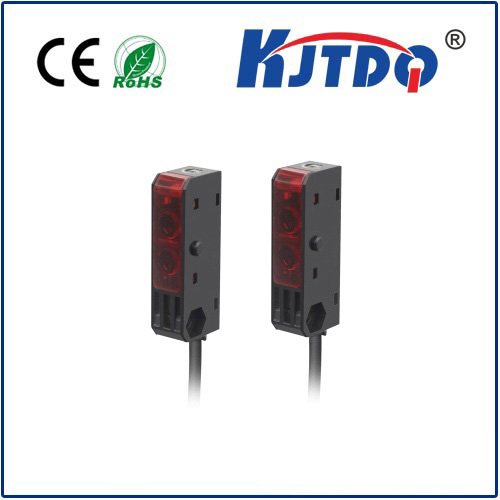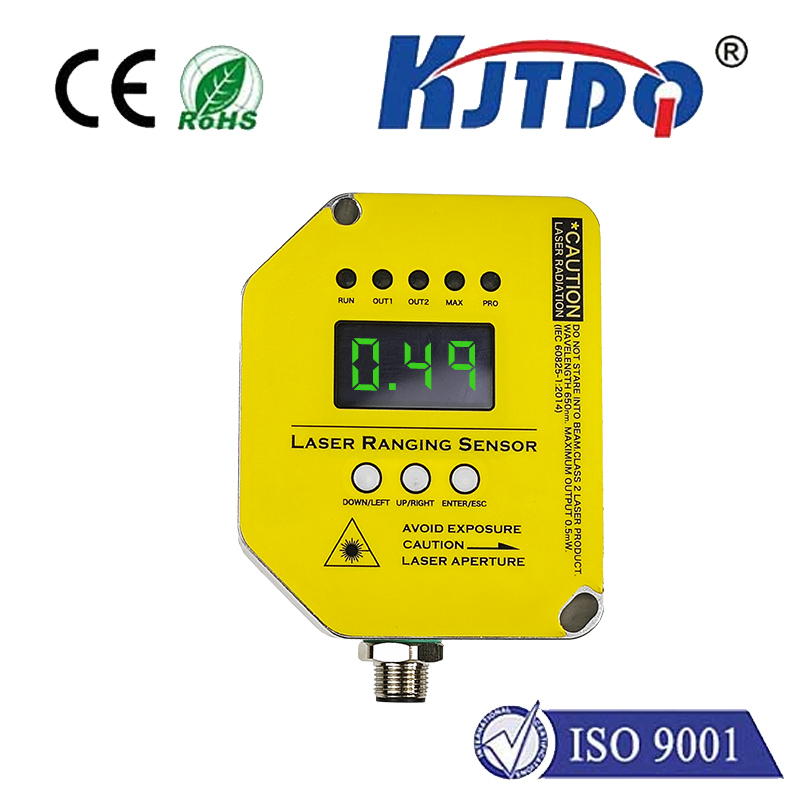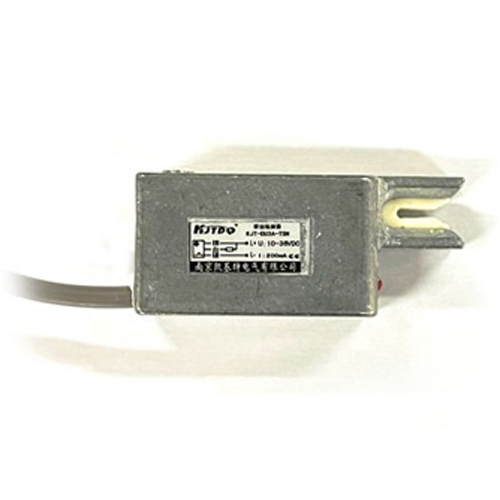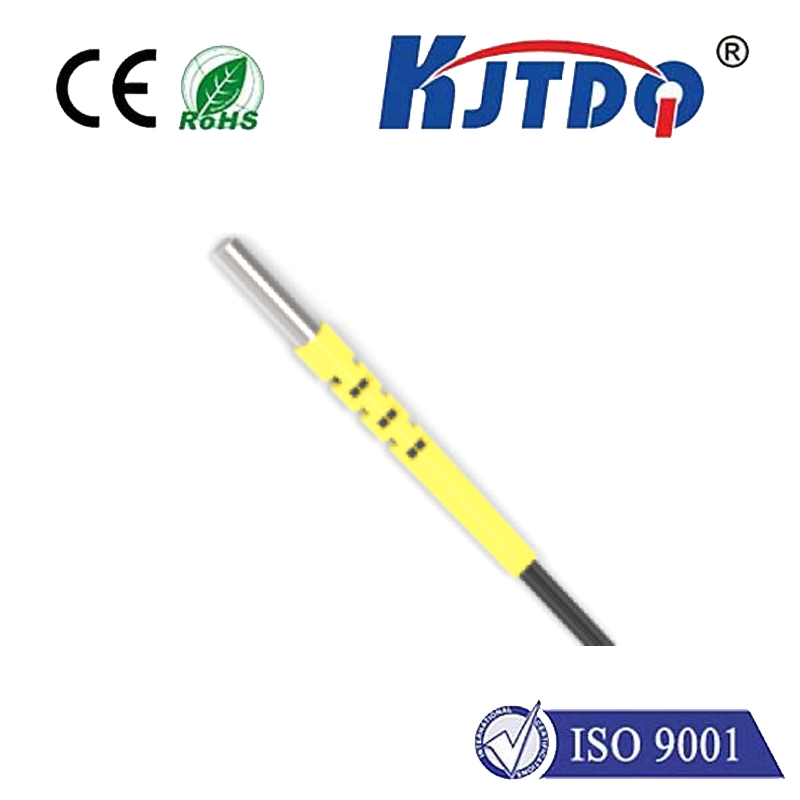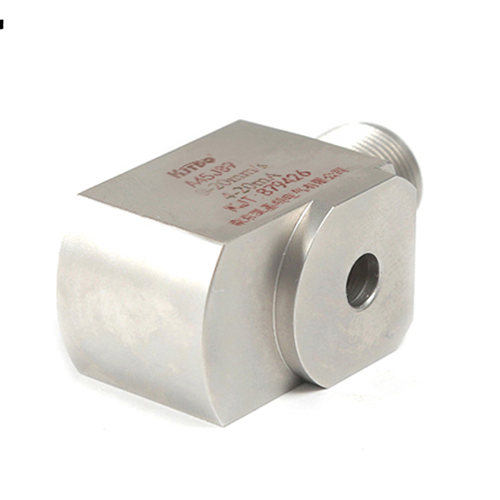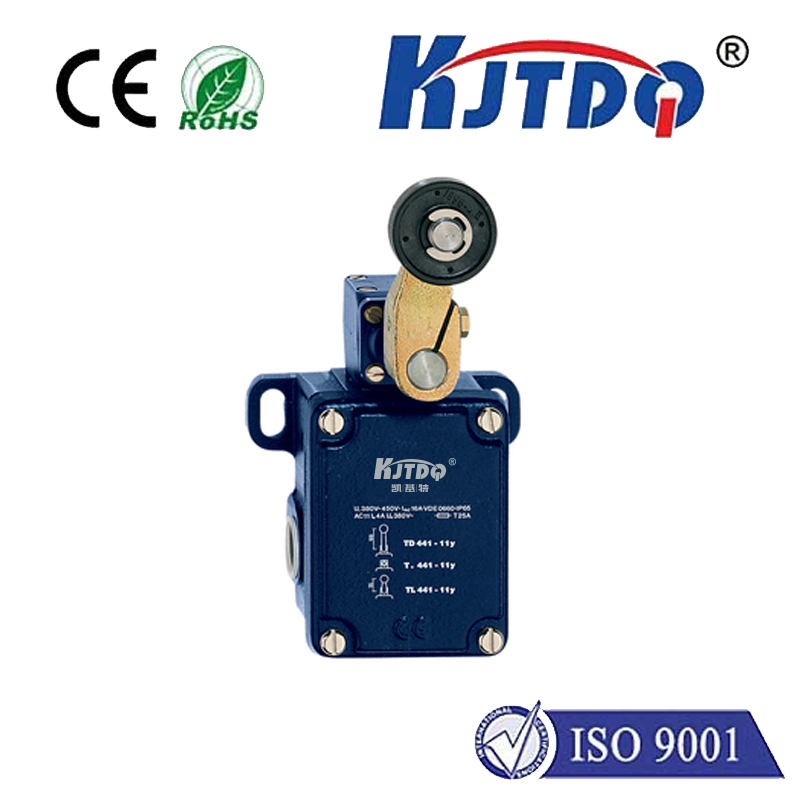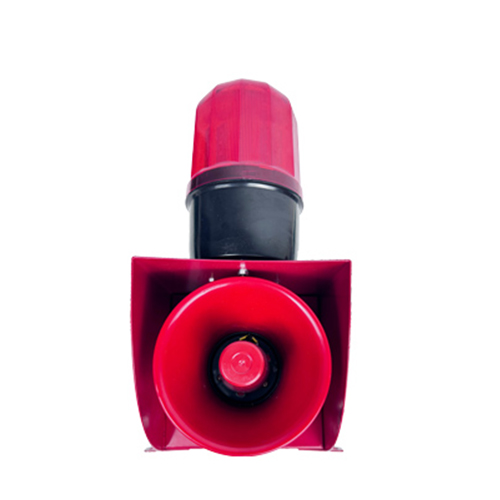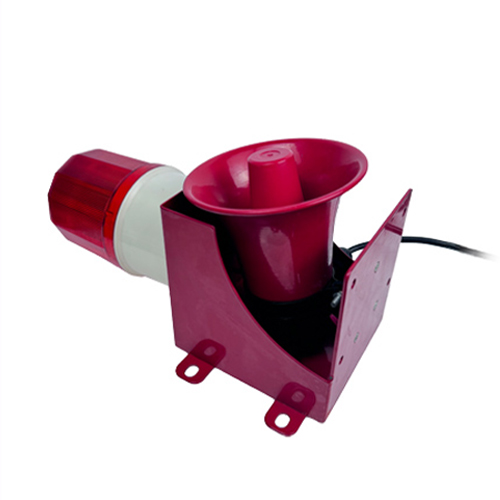temperature gauge with thermowell
- time:2025-08-24 00:10:57
- Click:0
Temperature Gauge with Thermowell: Essential Protection for Industrial Accuracy
Imagine a roaring furnace, molten metal flowing, or corrosive chemicals swirling in a reactor. Measuring temperature in these harsh industrial environments isn’t just about getting a reading; it’s a battle against destruction. The sensitive instrument tasked with this critical measurement – the temperature gauge – faces immense threats: physical damage from high flow rates, chemical corrosion from aggressive fluids, or simply being cooked alive by extreme heat. Without a crucial intermediary, these vital devices would fail catastrophically. Enter the thermowell, the unsung hero safeguarding temperature measurement integrity in countless industries. This combination – the temperature gauge with thermowell – represents the cornerstone of reliable, long-lasting process monitoring where conditions are anything but gentle.
Understanding the Core Components: Gauge and Guardian
At its simplest, a temperature gauge is a device that visually indicates temperature. This could be a traditional bimetallic dial gauge, a gas-actuated thermometer, or even a digital gauge head. Inside, a sensing element (like a bimetallic coil or bulb filled with gas) reacts to temperature changes, translating this into a readable dial movement or digital display.
The thermowell, however, is the critical protective barrier. It’s a tubular sheath, typically constructed from robust materials like stainless steel, Inconel, Hastelloy, or ceramics, precisely machined and sealed at one end. This hollow tube is screwed or welded directly into the process vessel, pipeline, or tank. Crucially, the temperature gauge’s sensing element (often a stem or capillary bulb) is inserted inside this thermowell, creating a physical barrier between the harsh process environment and the sensitive instrument.
Why is a Thermowell Indispensable? The Shield Against Harm
The primary function of a thermowell is protection. Here’s how it shields the vital temperature probe:

- Physical Protection: High-velocity fluids, abrasive slurries, or even mechanical impacts pose significant risks. The thermowell acts as a sturdy barrier, absorbing this abuse and preventing direct contact that could crush, erode, or fracture the delicate gauge element.
- Process Isolation & Containment: For systems handling hazardous, toxic, or flammable materials, a thermowell provides a critical safety seal. It allows removal or replacement of the temperature gauge without having to shut down the process or vent hazardous fluids, maintaining operational safety and continuity. It also prevents process leaks.
- Chemical Resistance: Process fluids can be highly corrosive. Thermowells are strategically manufactured from materials specifically chosen to withstand the chemical attack that would rapidly destroy a standard temperature probe. This extends instrument life dramatically.
- Extreme Temperature Buffering: In very high-temperature applications, the thermowell creates a thermal gradient. While the tip exposed to the process might be extremely hot, the temperature at the point where the gauge element sits within the well is significantly lower, protecting the instrument from overheating beyond its limits. Conversely, in cryogenic applications, it mitigates freezing effects.
- Simplified Maintenance & Calibration: Need to check or replace the gauge? Simply unscrew it from the thermowell – the process remains sealed. No draining, depressurizing, or major downtime required. This facilitates easier calibration checks in-place or off-site.
Designing the Shield: Thermowell Considerations
Selecting the right thermowell isn’t trivial; it’s engineering critical for both safety and measurement accuracy:
- Material: Must be compatible with the process fluid (corrosion resistance), pressure, and temperature. Common choices include 316 SS, 304 SS, Monel, Inconel 600⁄625, Hastelloy C-276, and titanium. Material selection is paramount for longevity.
- Type: Basic types include threaded, socket weld, or flanged for connection to the process. Flanged thermowells are typically used for higher pressures or larger pipe sizes.
- Profile (Immersion Length & Tip Design): The thermowell must extend sufficiently far into the process stream to obtain a representative temperature reading, avoiding the cooler boundary layer near pipe walls. Tip designs (tapered, straight, stepped) influence strength, response time, and suitability for flow conditions. Thermowell design must minimize vibration (vortex shedding frequency calculations) that could lead to fatigue failure.
- Bore Size: The internal diameter must precisely match the diameter of the gauge’s stem or bulb to ensure optimal thermal contact, while allowing for easy insertion and removal. Poor fit degrades response time and accuracy.
- Connection: The upper end features a threaded connection (e.g., NPT) or flange specifically designed to mate with the temperature gauge assembly, ensuring a leak-tight seal.
Integration: The Seamless Pairing
The temperature gauge with thermowell system operates based on conductive heat transfer:
- The thermowell tip is immersed in the process medium.
- Heat (or cold) transfers through the thermowell wall via conduction.
- The temperature gauge’s sensing element, nestled securely within the thermowell bore, then detects the temperature of the thermowell wall.
- The gauge mechanism translates this detected temperature into the visual (or digital) reading displayed.
This introduces a slight thermal lag – the thermowell mass takes time to heat up or cool down compared to a probe directly exposed. However, this trade-off in response time is overwhelmingly justified by the massive gains in protection and longevity. Modern design minimizes this lag through optimized materials and profiles.
Maintaining the Integrity of the System
Even the best temperature gauge with thermowell requires attention:
- Regular Inspection: Check for signs of external corrosion, erosion, leaks at the process connection or gauge joint, and physical damage. Listen for unusual vibration.
- Response Time Checks: If a process seems slow to respond, the thermowell might be fouled or damaged internally.
- Calibration: Periodically calibrate the removed temperature gauge against a known standard to ensure its internal mechanism remains accurate.
- Replacement: Thermowells, while durable, are wear items in harsh service. If inspection reveals significant thinning, cracking, or other defects, immediate replacement is essential to maintain safety and measurement reliability.
Where Protection is Paramount: Applications Abound
The temperature gauge with thermowell configuration is ubiquitous wherever measurement conditions demand robust protection:
- Chemical Processing: Handling aggressive acids, bases, solvents, and reactive mixtures where corrosion is a constant threat.
- Oil & Gas: Refineries, pipelines, platforms dealing with high pressures, corrosive hydrocarbons, and H2S.
- Power Generation: Monitoring steam lines, feedwater, turbines, and exhausts under extreme heat and pressure.
- Pharmaceutical & Food/Beverage: Maintaining hygienic (sanitary) processes, requiring smooth surfaces, cleanability (CIP/SIP), and material compatibility.
- HVAC & Boilers: Protection in steam systems, high-pressure hot water, and chilled water circuits.
- Pulp & Paper: Resistance to corrosive pulping liquors and abrasive slurries.
- Water & Wastewater: Handling chlorinated water, sewage, and other potentially corrosive or abrasive fluids.
The Indispensable Duo: Safety, Reliability, and Longevity
While it adds a layer of complexity, the thermowell is not an optional extra in demanding industrial settings; it’s a fundamental requirement for safe and reliable operation. It












